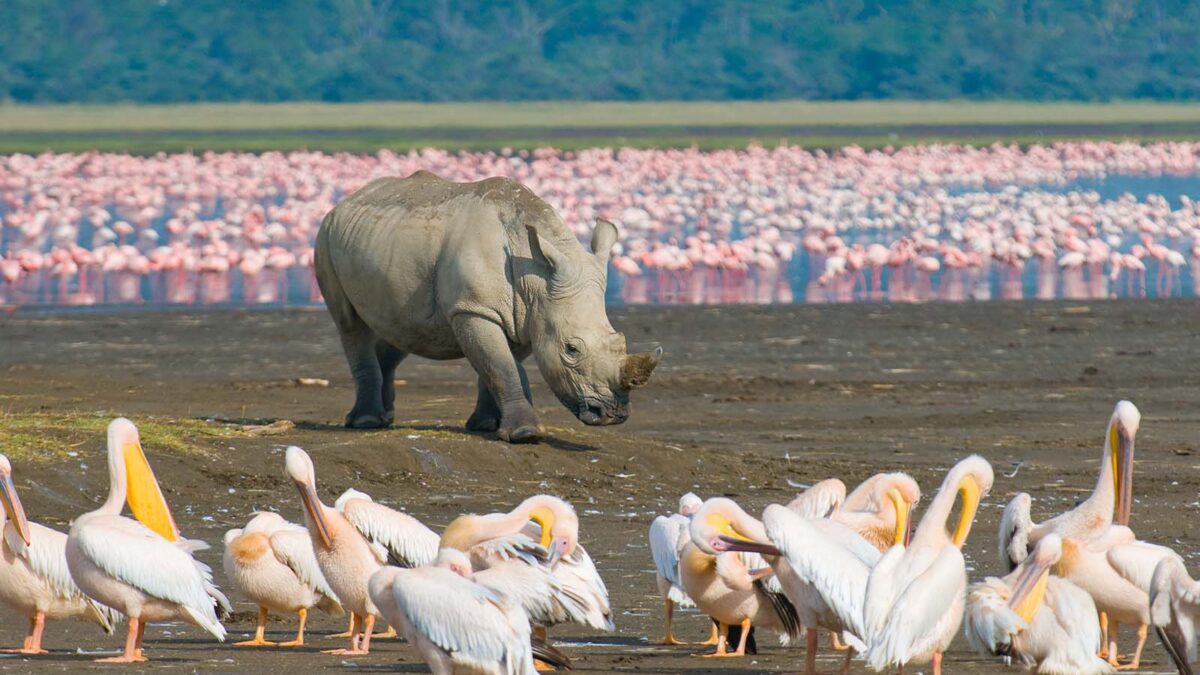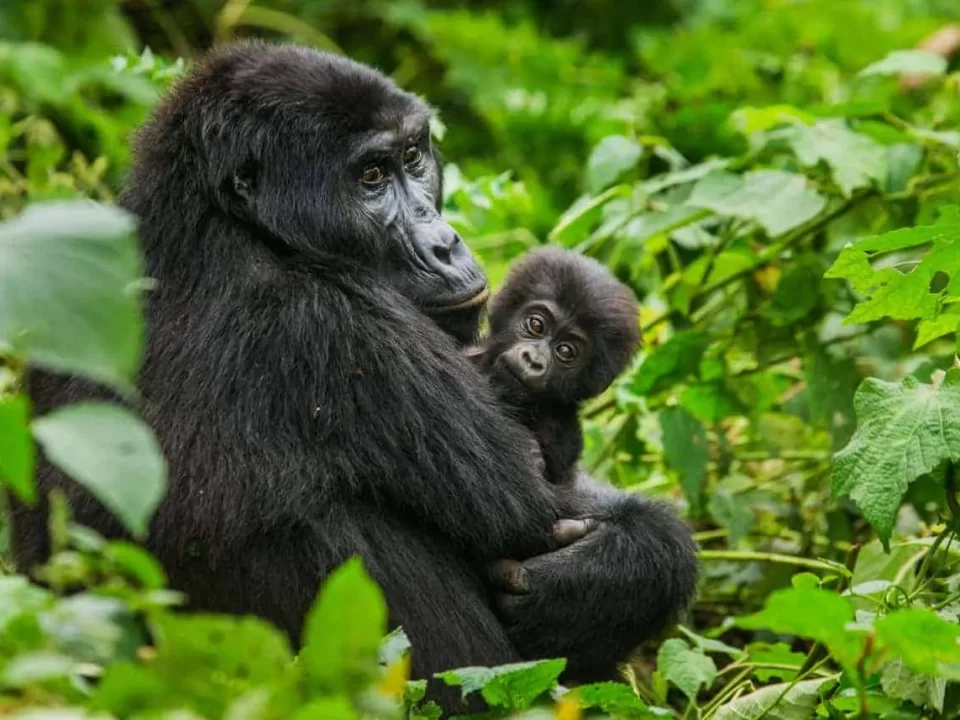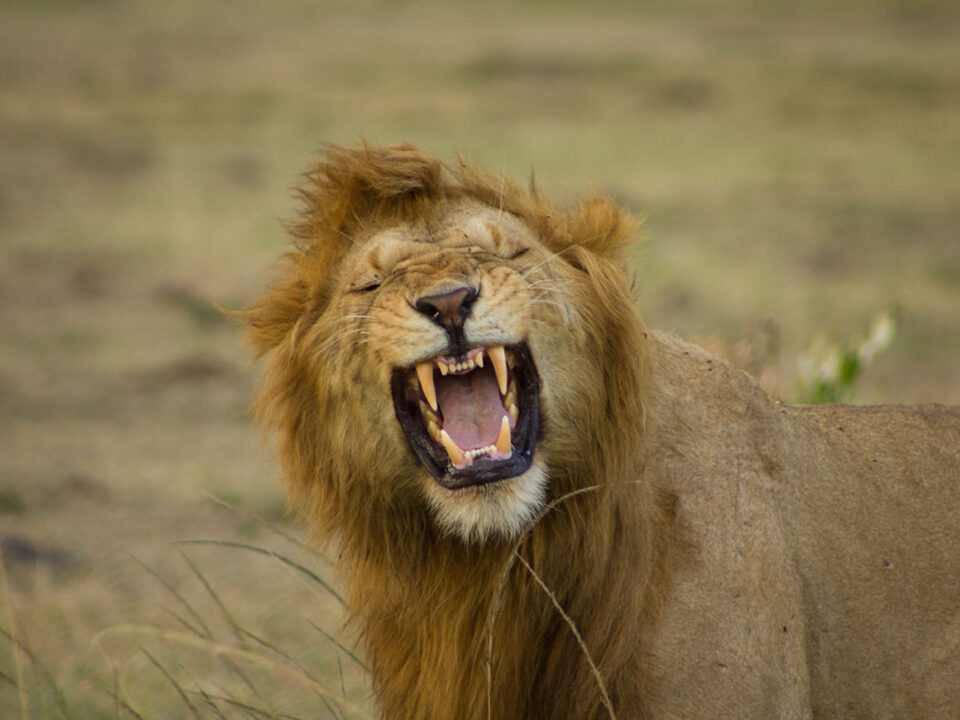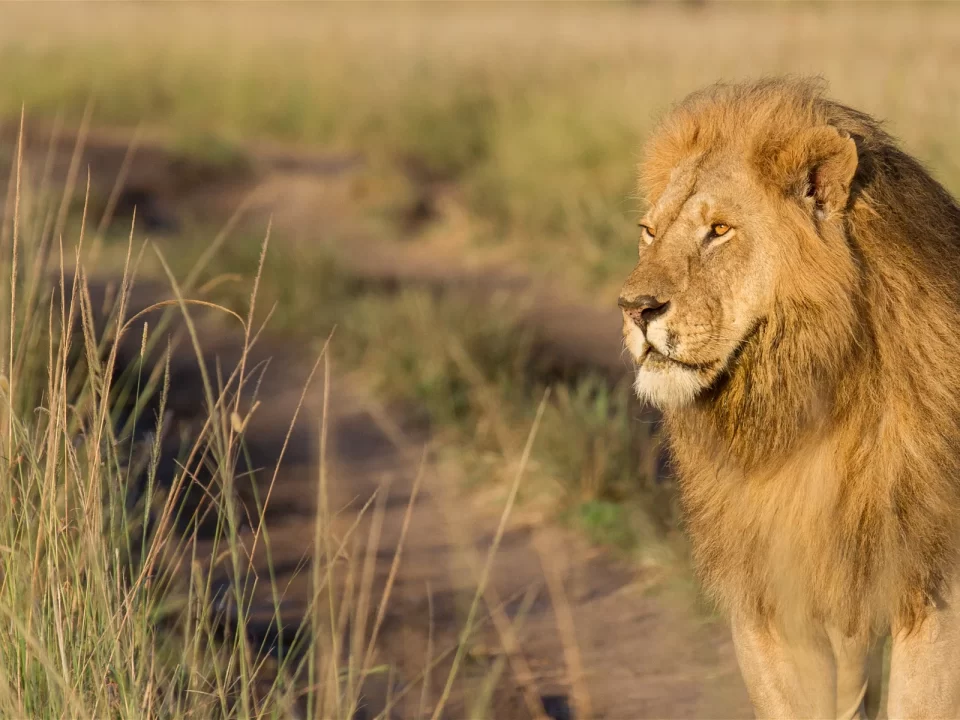Lake Nakuru Safaris in Kenya

Lake Naivasha Safari in Kenya
February 19, 2024
Luxury Private Gorilla Safaris
February 19, 2024Discovering the Wonders of Lake Nakuru on Kenyan Safaris
Embarking on Lake Nakuru safaris in Kenya unveils a mesmerizing experience at an elevation of 1,754 meters above sea level. Nestled to the south of Nakuru in the Rift Valley, Lake Nakuru, protected by Lake Nakuru National Park, has earned a reputation as a “Flamingo Haven.” The lake, once adorned by vast quantities of flamingos along its shores, boasts a diverse ecosystem that extends beyond the iconic birds.
Lake Nakuru, with its historical allure of attracting flamingos due to an abundance of algae, has evolved into a sanctuary for various bird species, including warthogs, baboons, and other large mammals. Notably, Eastern Black Rhinos and Southern White Rhinos have been introduced, contributing to the park’s conservation efforts.
In the early 1990s, the lake experienced a significant drop in its water level, but subsequent recovery has restored its natural balance. A notable event in 2013 witnessed an increase in water levels, prompting flamingos to migrate to Lake Bogoria in search of food supply.
The name Nakuru, derived from the Masai language, translates to “Dust or Dusty Place.” Established in 1961, Lake Nakuru National Park initially covered the famous lake and its surrounding mountains. Over time, it expanded to encompass a substantial portion of the savannahs, showcasing the region’s rich biodiversity.
Encompassing 188 square kilometers, the park is renowned for the mesmerizing spectacle of thousands, sometimes millions, of flamingos nesting along the shores. The shifting mass of pink on the shallow lake’s surface creates a breathtaking scene, best observed from the vantage point of Baboon Cliff. Additionally, a 188-square-kilometer area around the lake serves as a sanctuary, safeguarding giraffes, Black Rhinos, and White Rhinos.
Lake Nakuru National Park’s recent enlargement was motivated, in part, by the commitment to providing a sanctuary for black rhinos. A protective fence, erected not to restrict wildlife movement but to deter poachers, underscores the dedication to conservation. The park shares a boundary with the Soysambu conservancy, presenting a potential expansion of habitat for rhinos and the last remaining wildlife corridor to Lake Naivasha.
With over 25 Eastern Black Rhinoceros and approximately 70 Southern White Rhinos, Lake Nakuru National Park stands as one of the country’s key rhino conservation areas. The park hosts an array of wildlife, including Rothschild’s giraffes, waterbucks, lions, cheetahs, and leopards, offering a thrilling safari experience.
Beyond the charismatic megafauna, Lake Nakuru is home to a diverse avian population, featuring African fish eagles, Goliath herons, Hammerkops, Pied kingfishers, Verreaux’s eagles, and numerous other species. The dense woodlands harbor large-sized pythons, adding a touch of intrigue as they cross roads or dangle from trees.
Embark on a Lake Nakuru safari to witness the captivating dance of flamingos, the majestic presence of rhinos, and the harmonious symphony of diverse wildlife in this Kenyan sanctuary.




